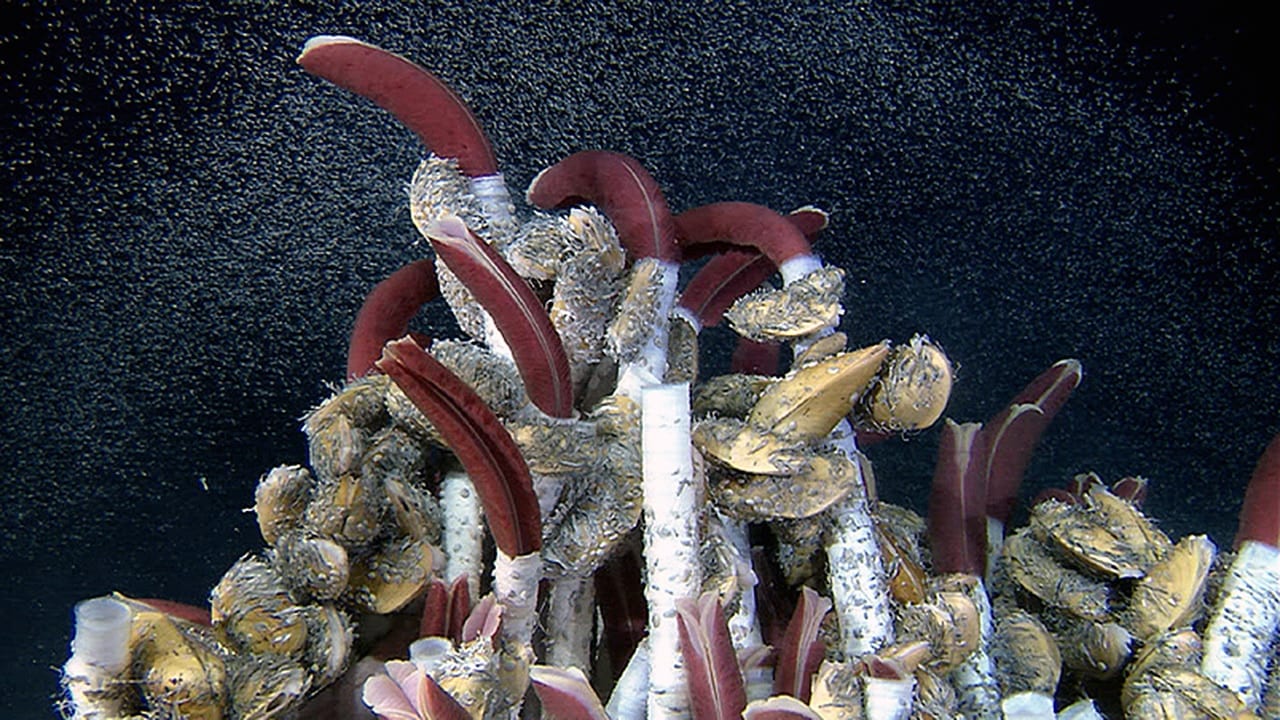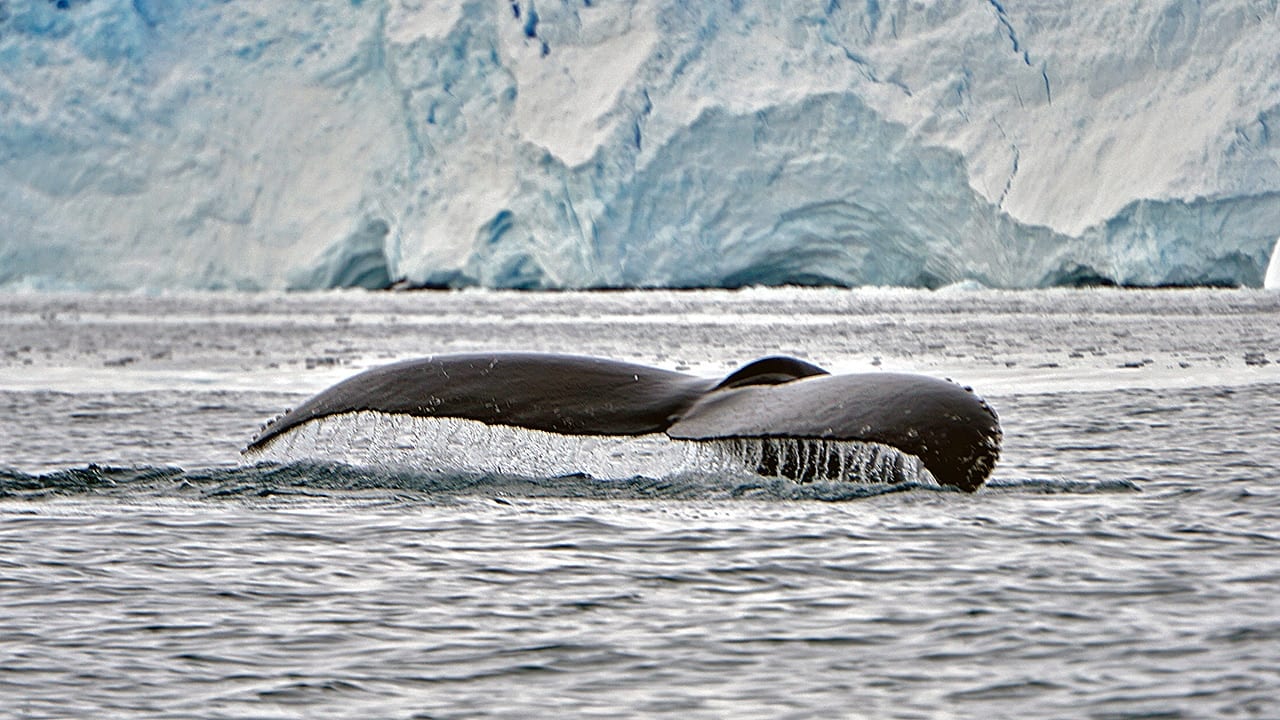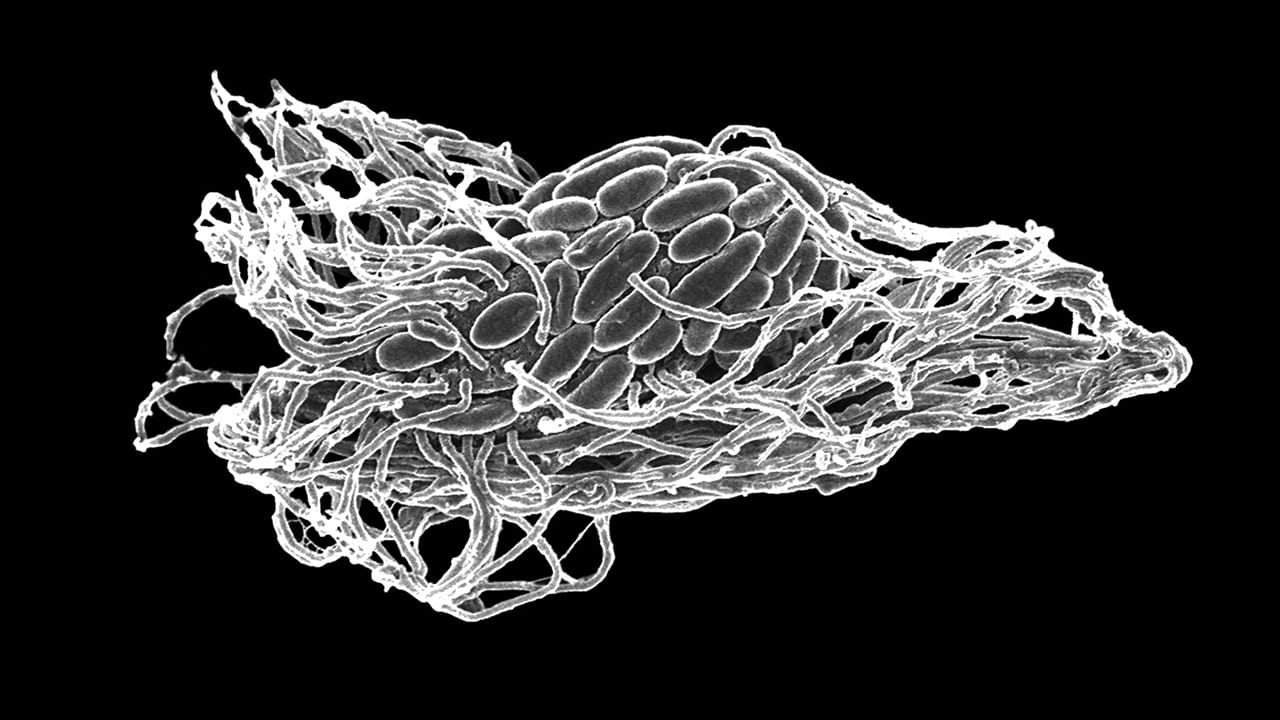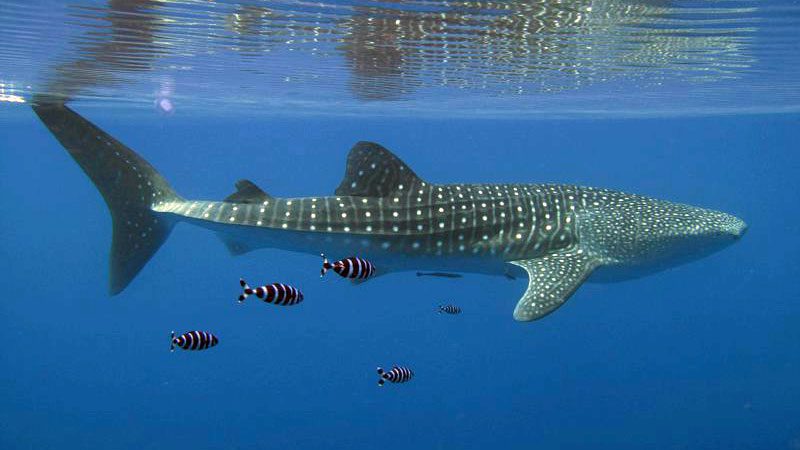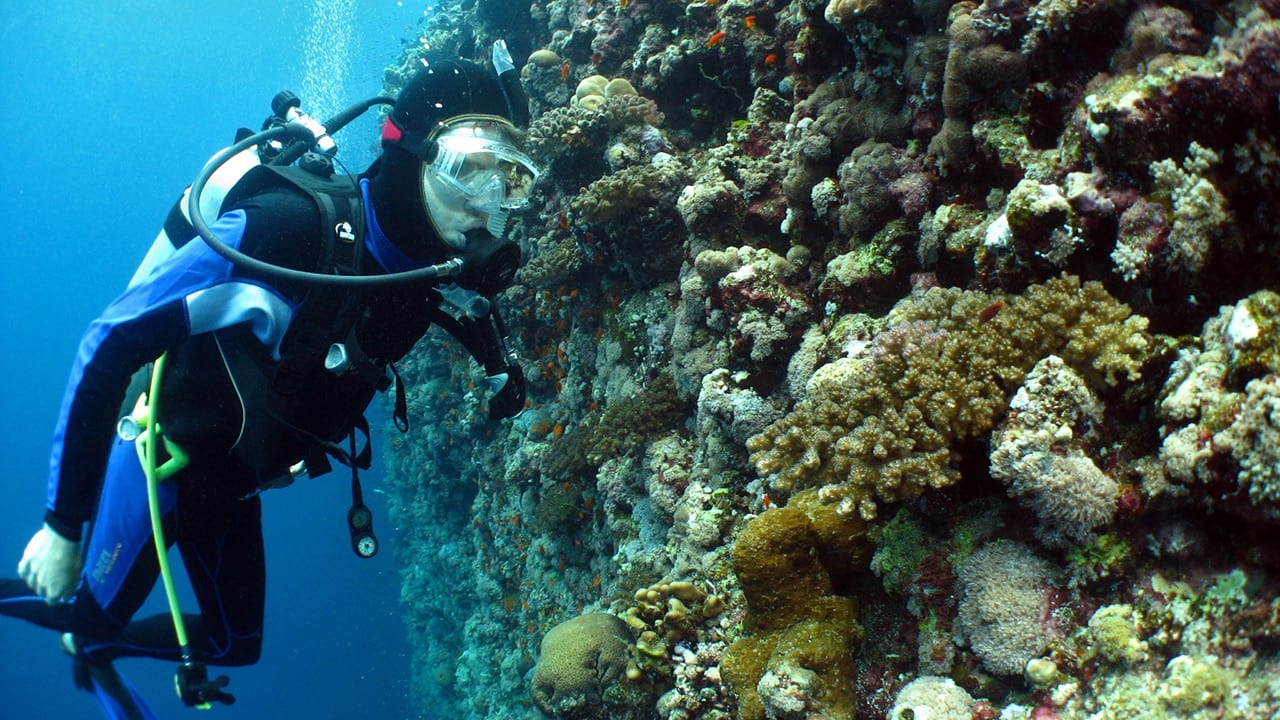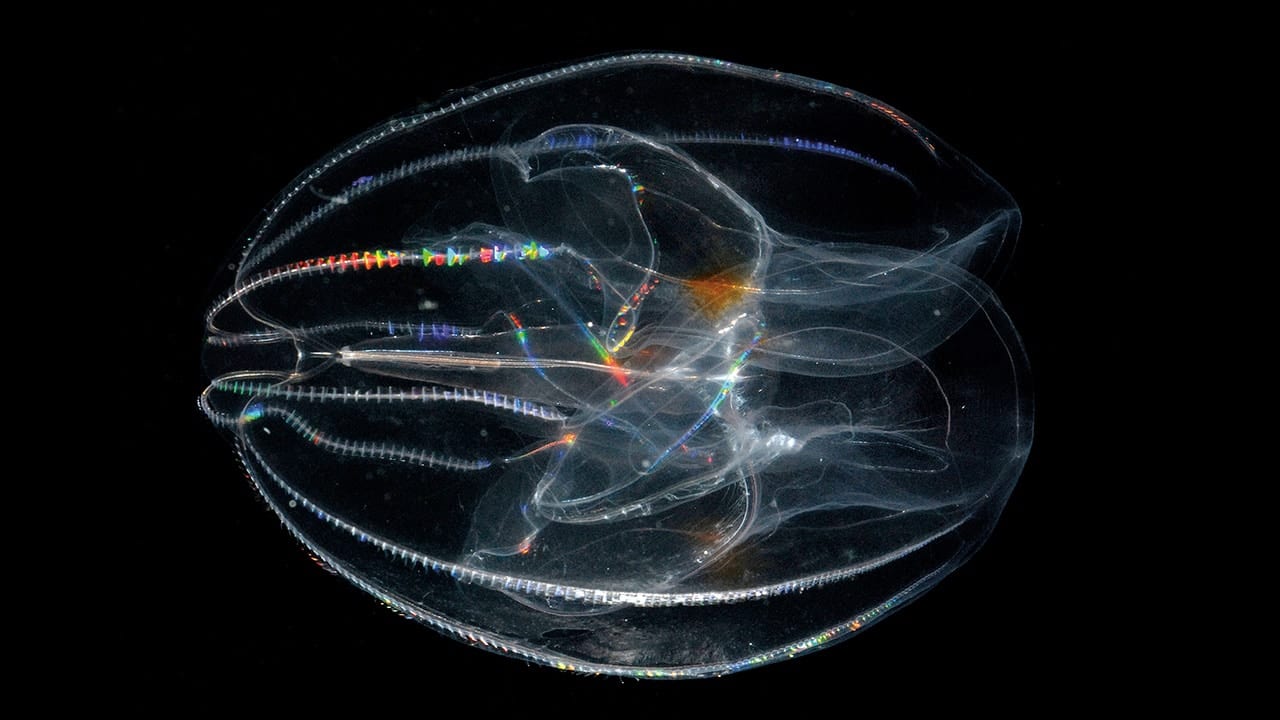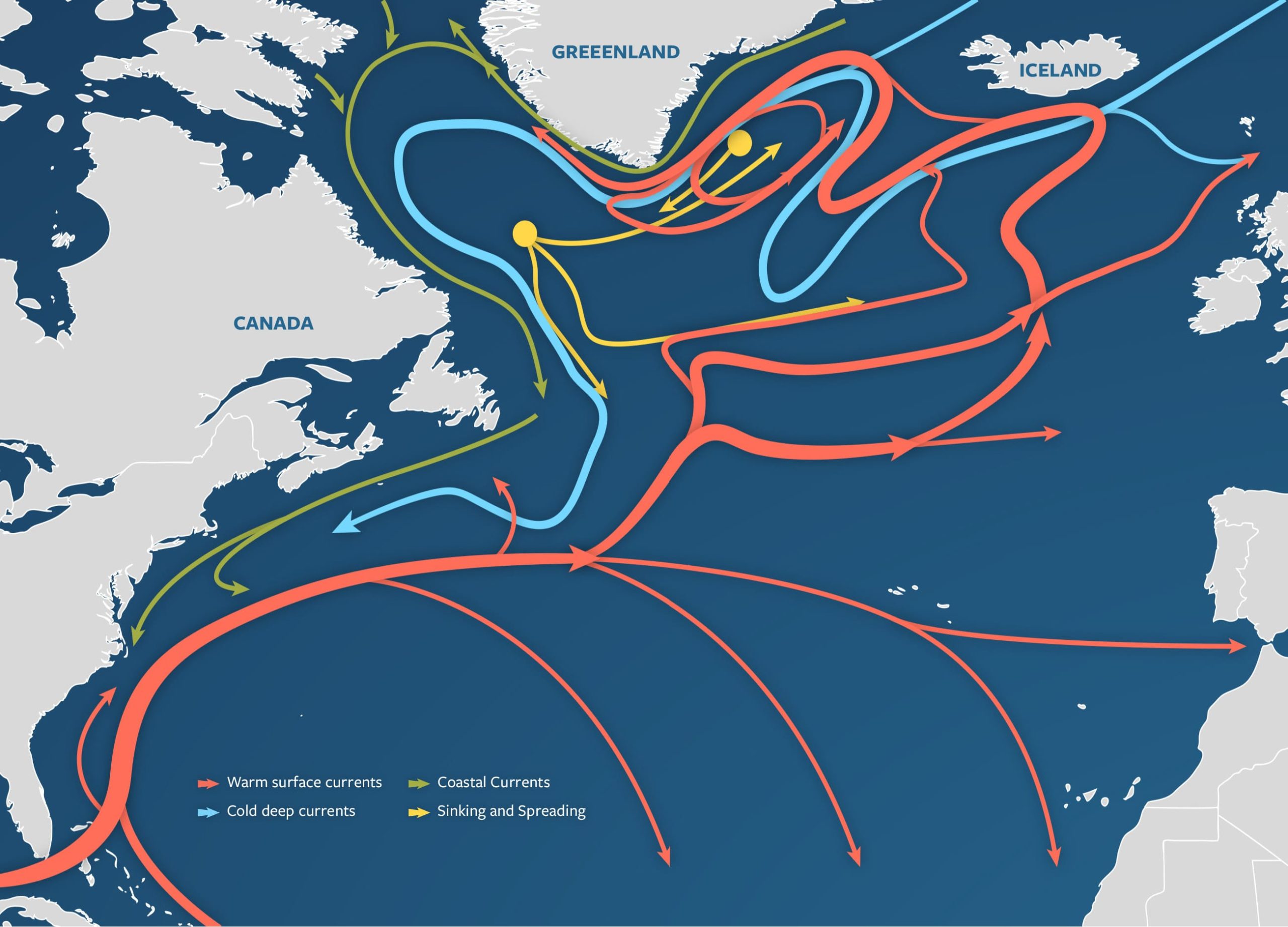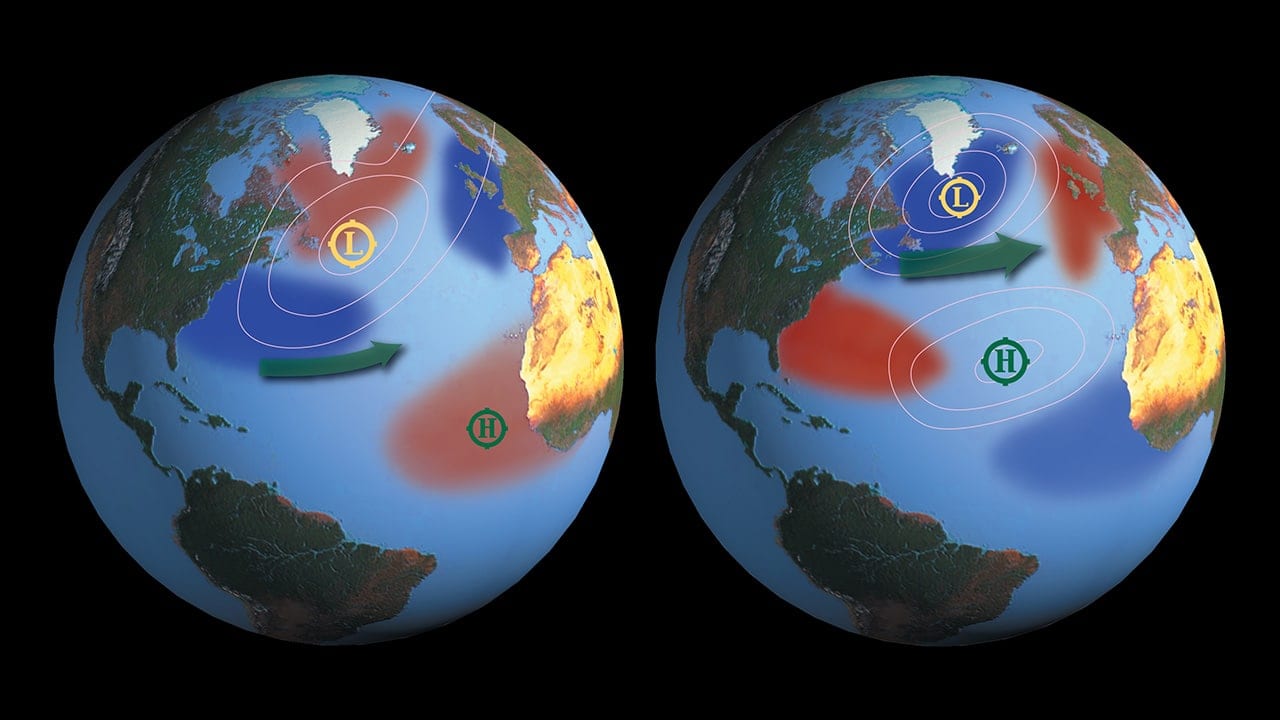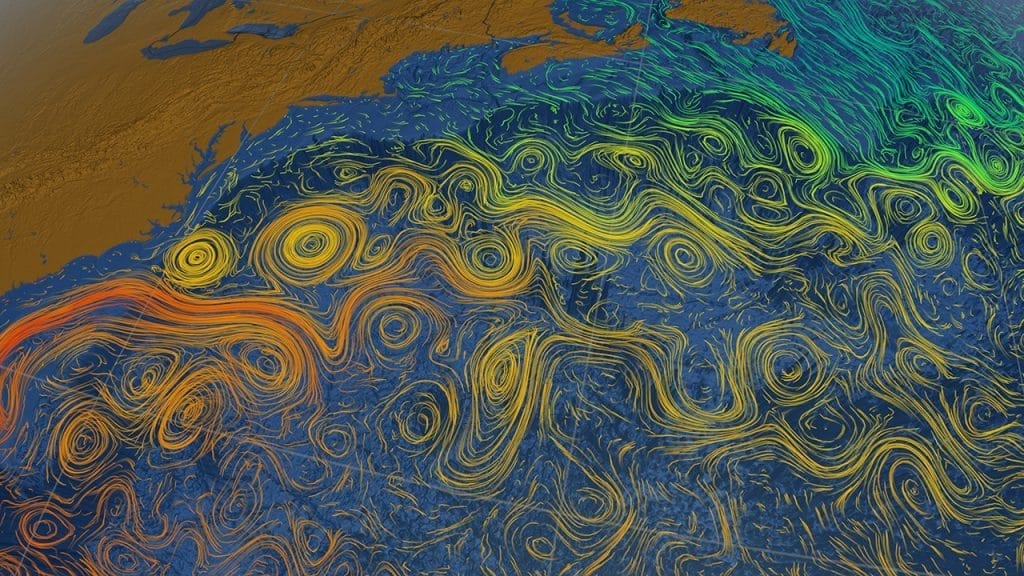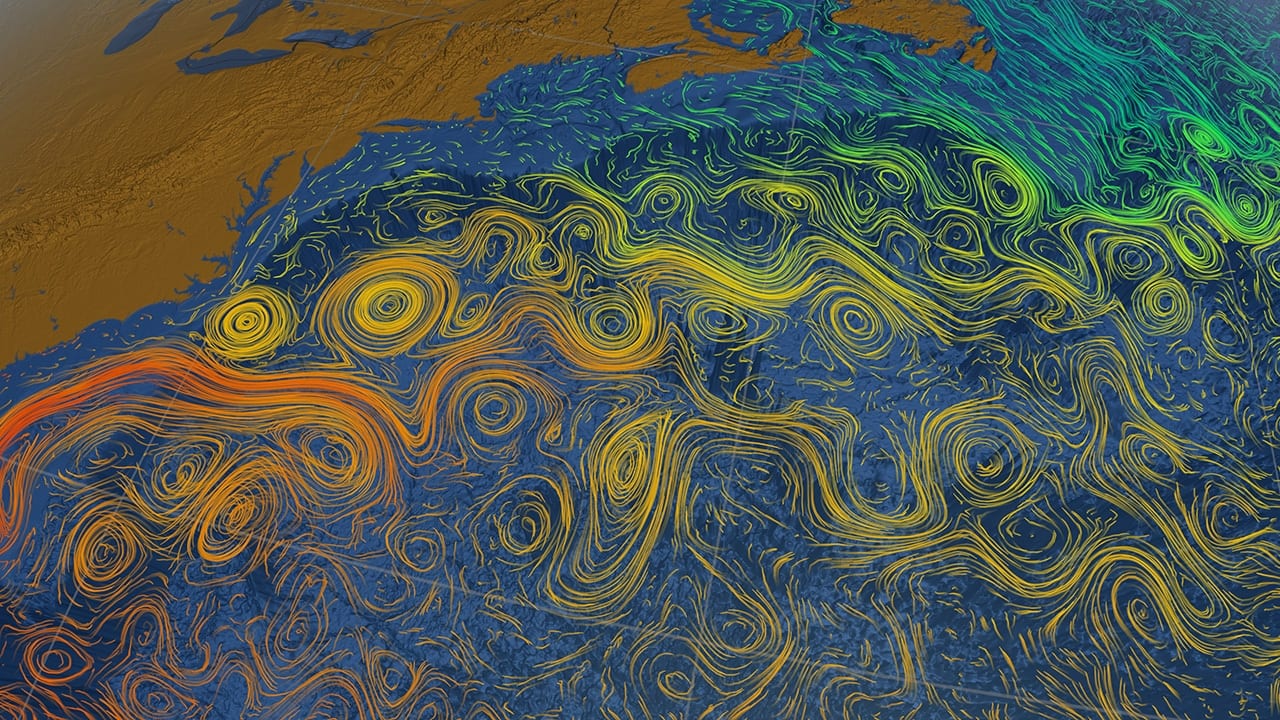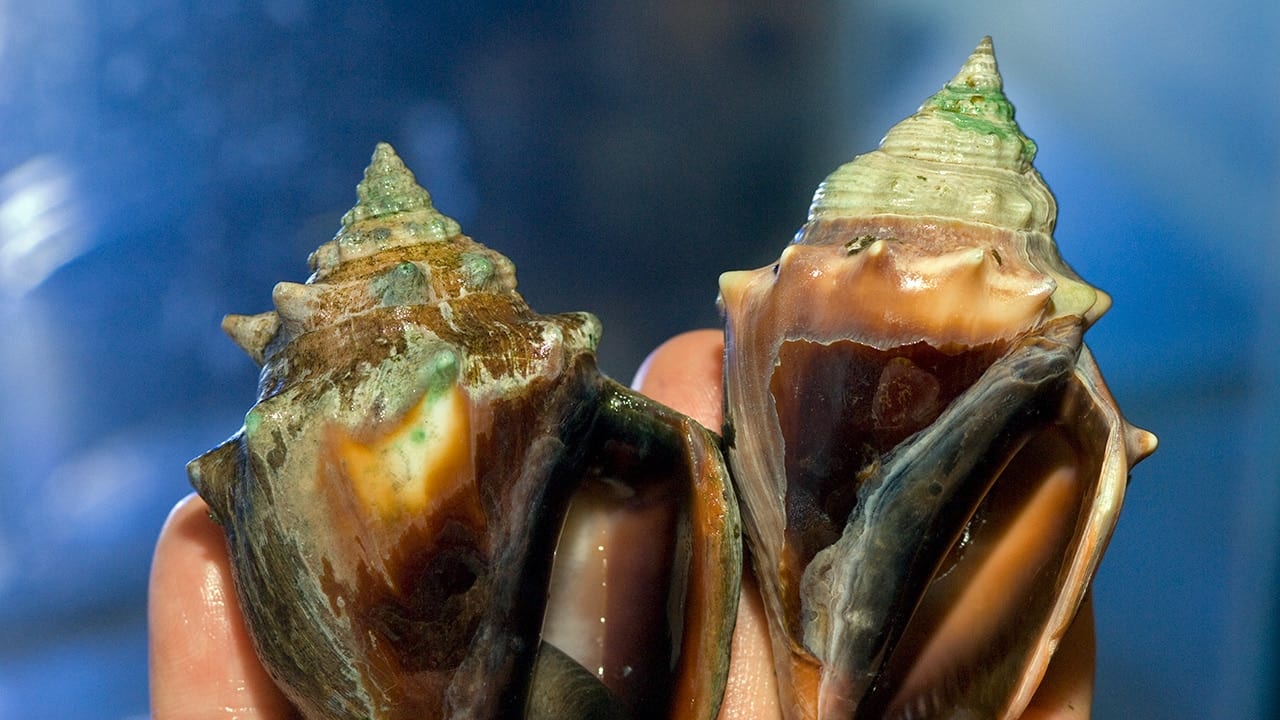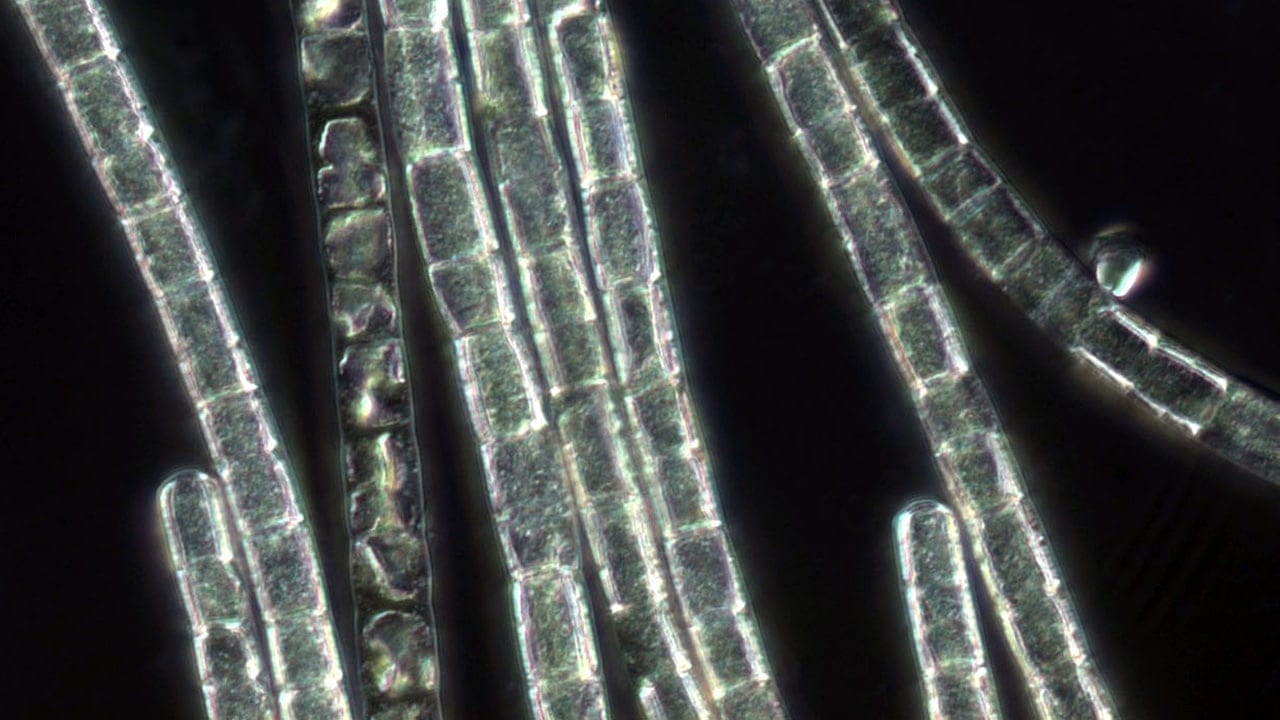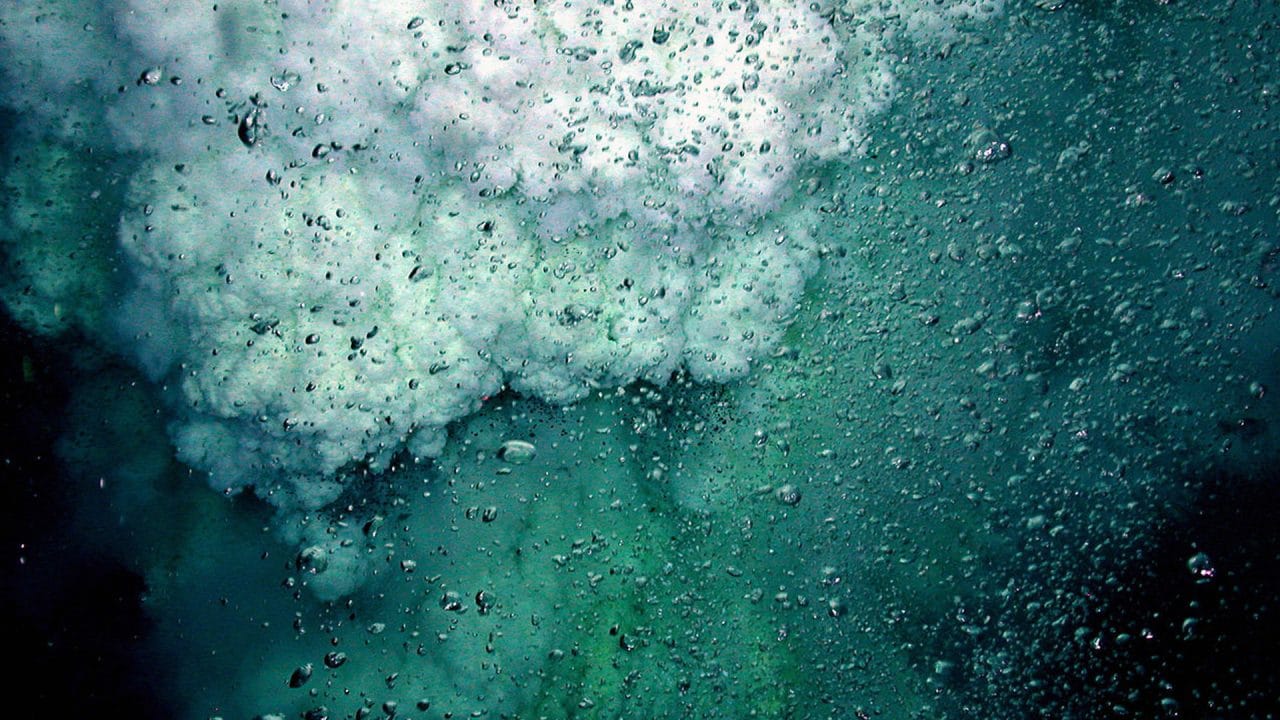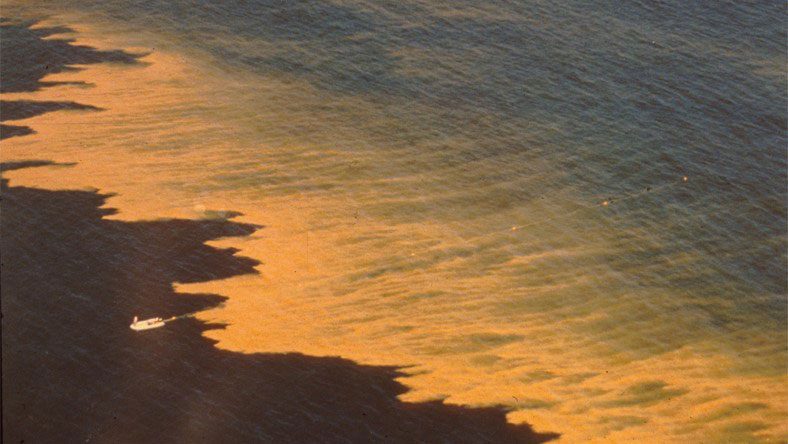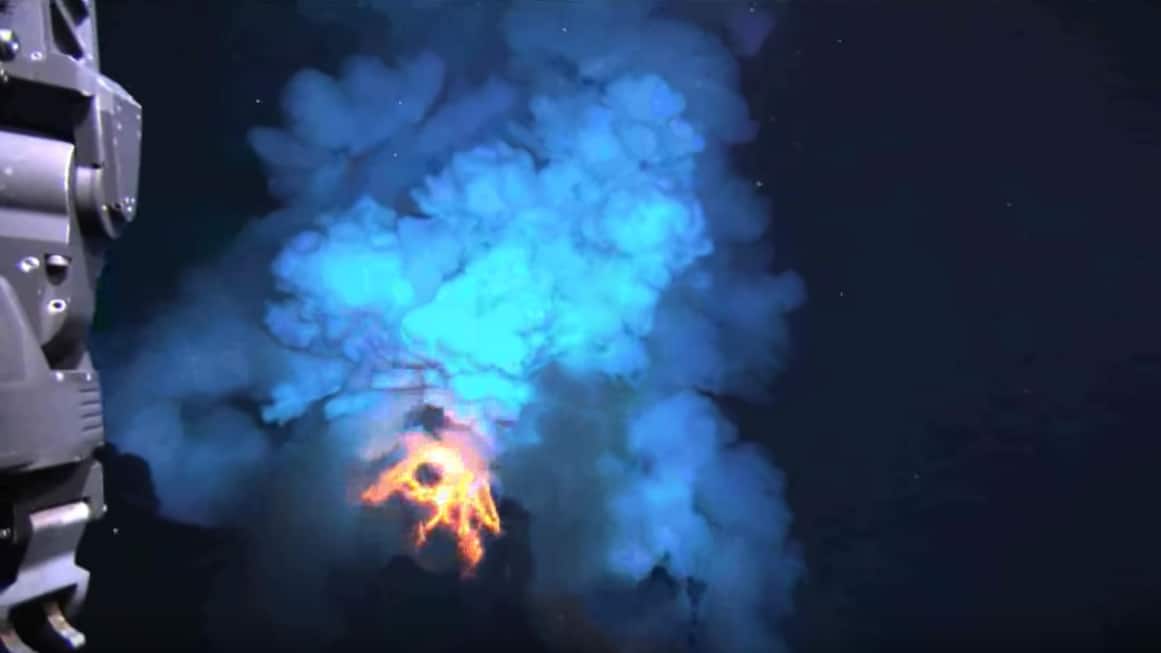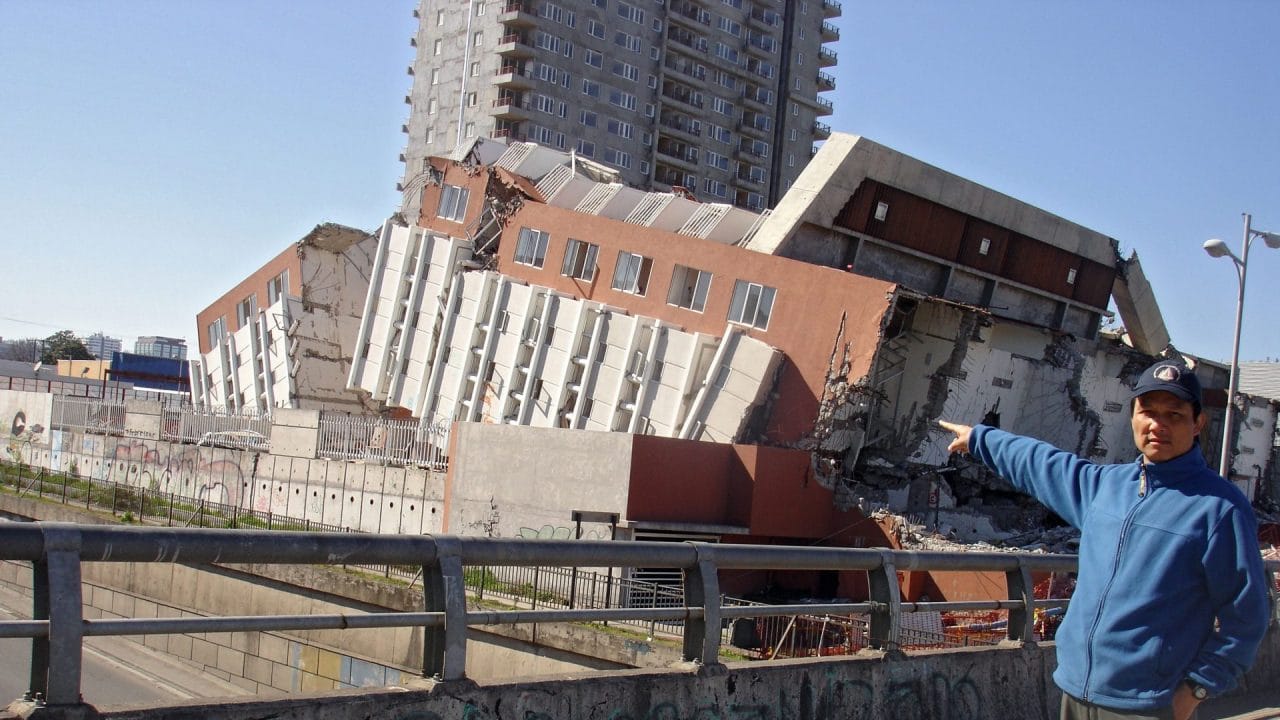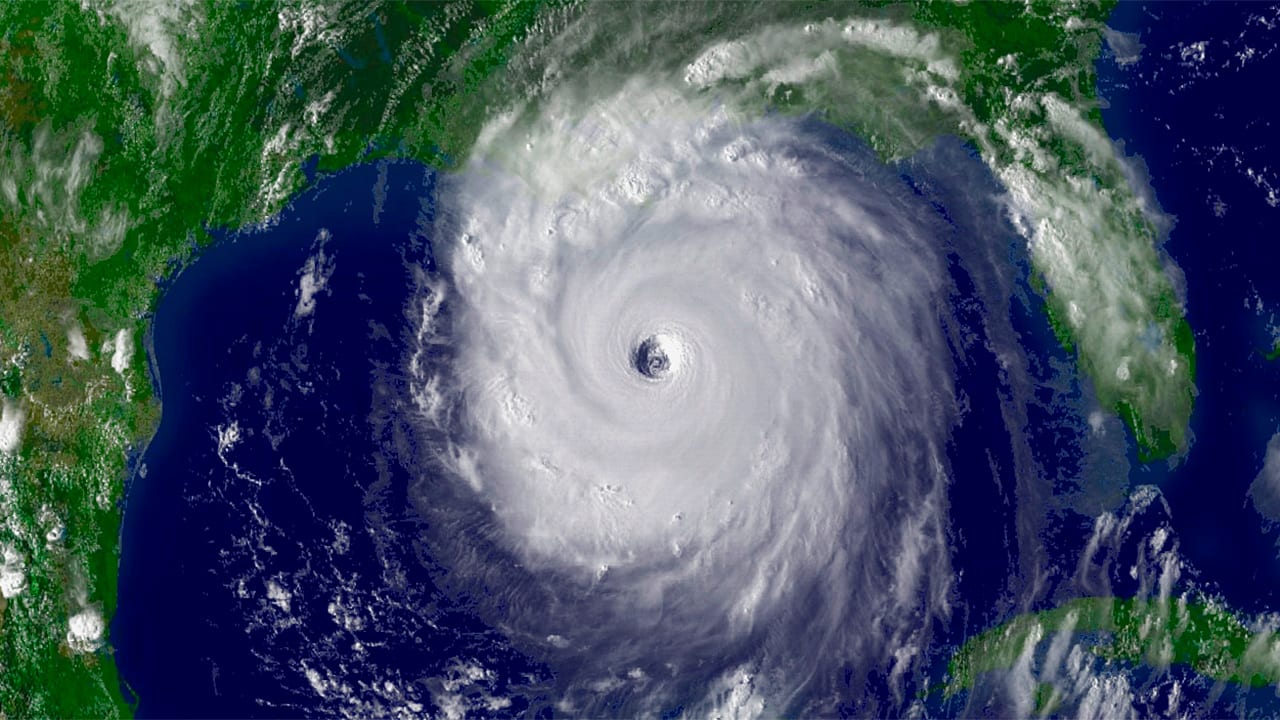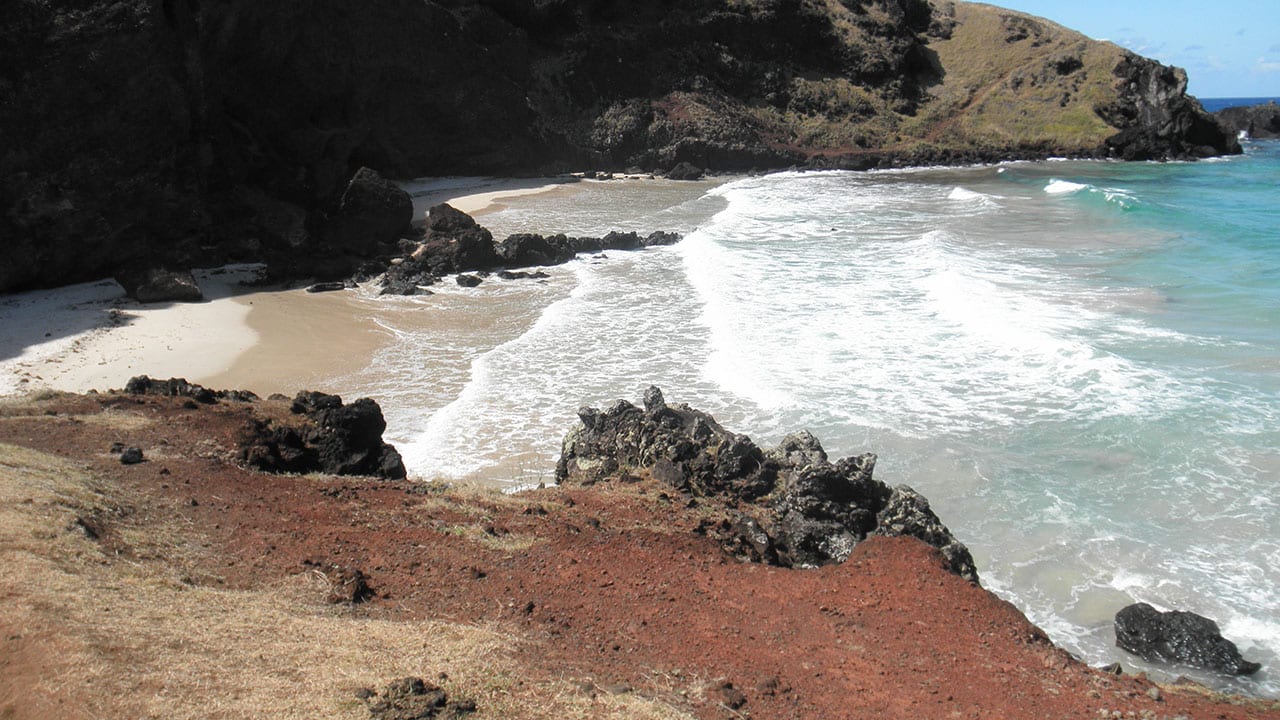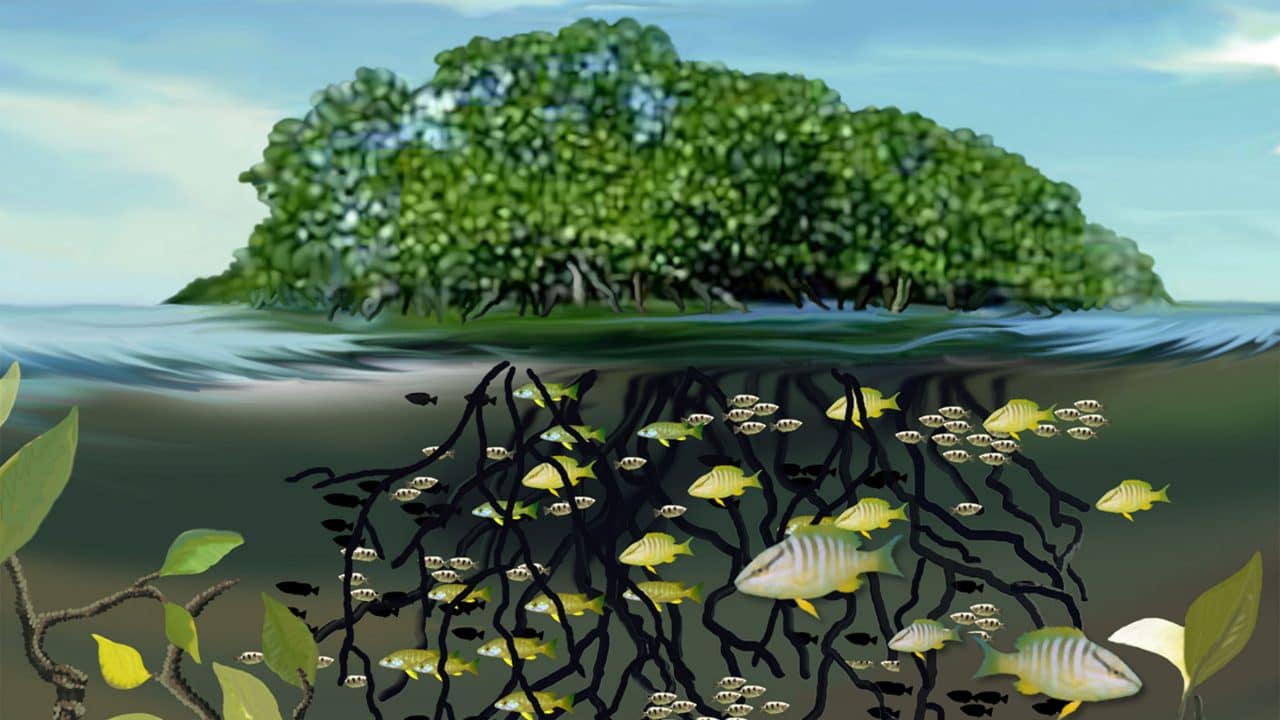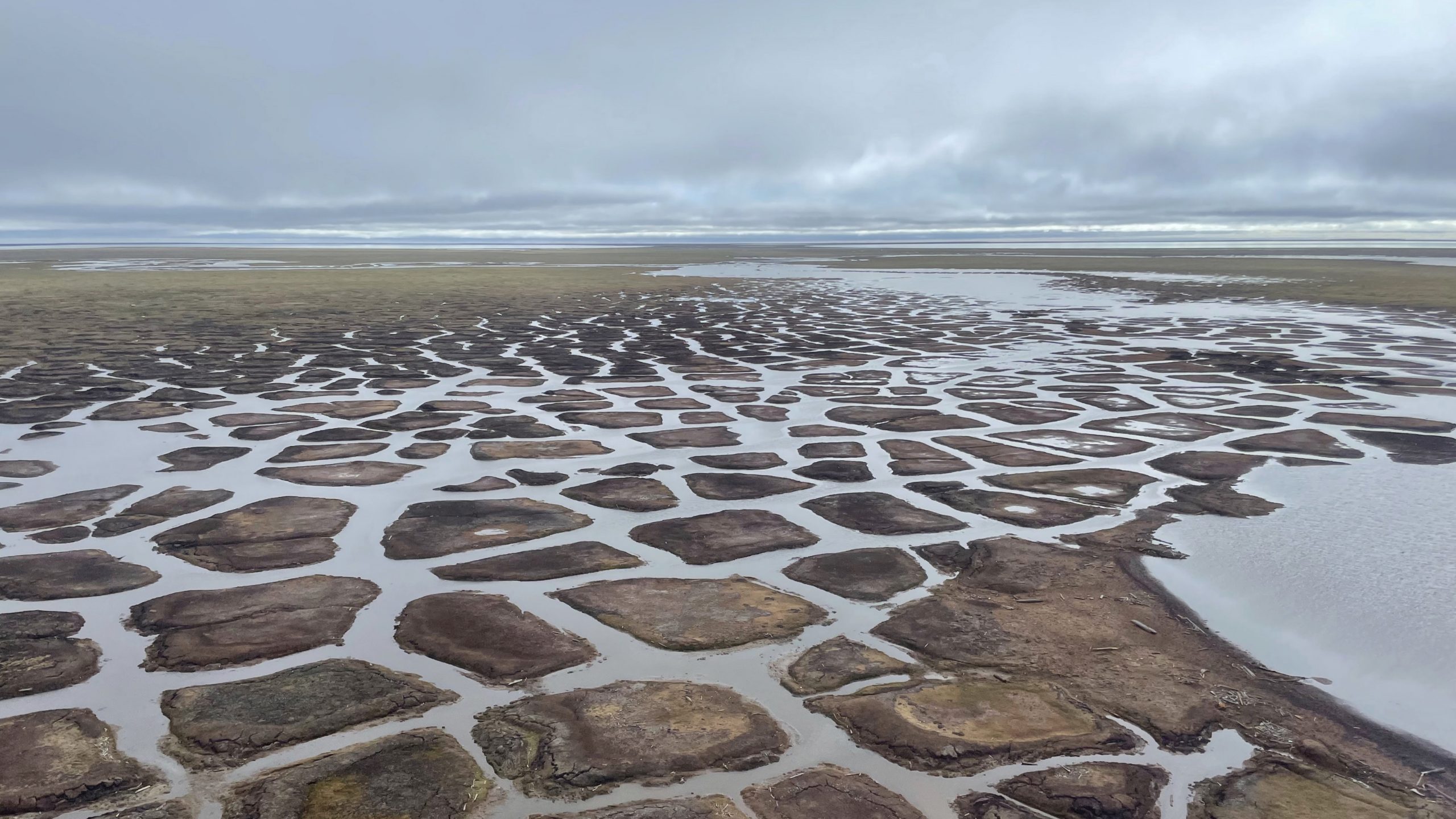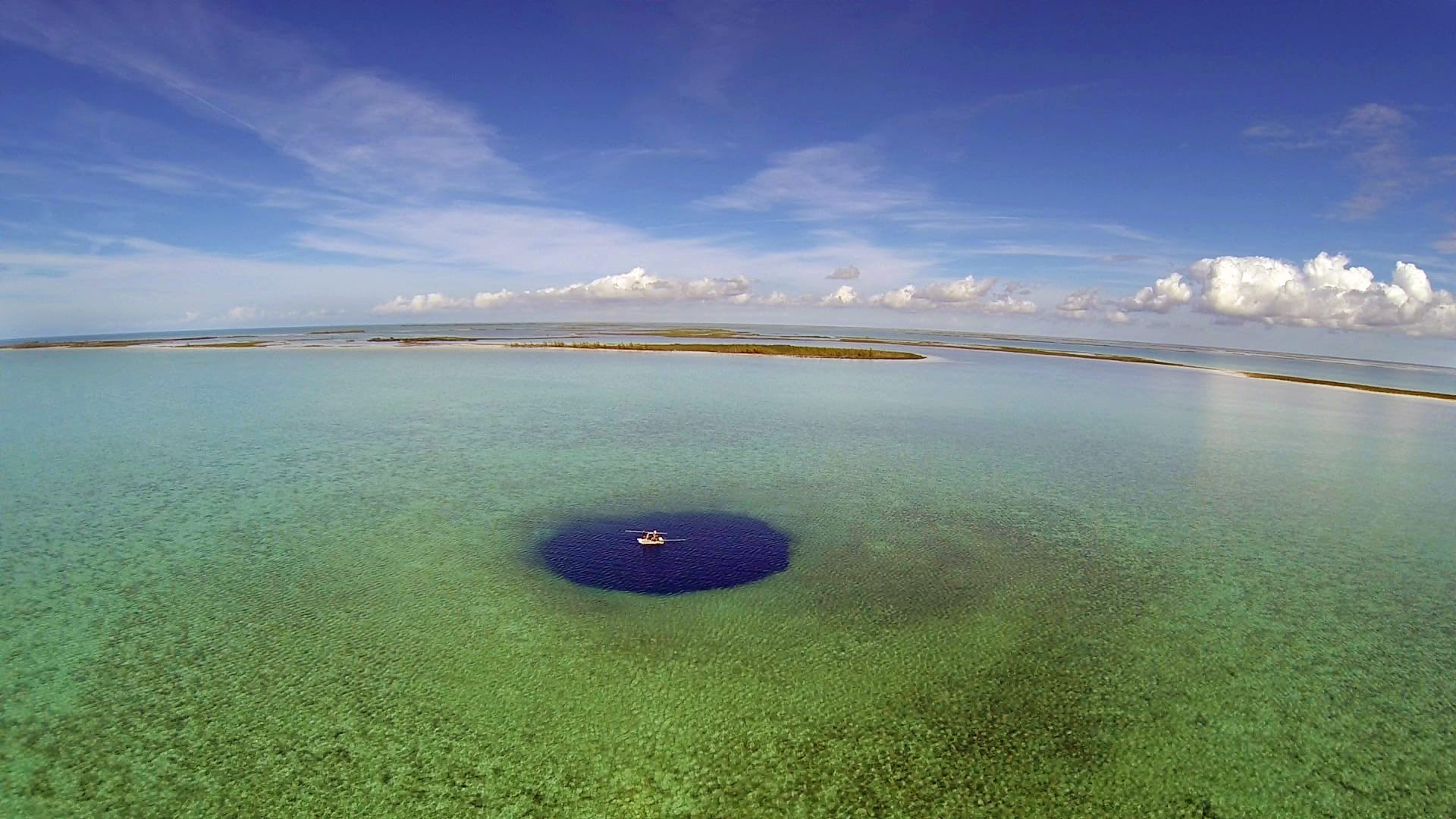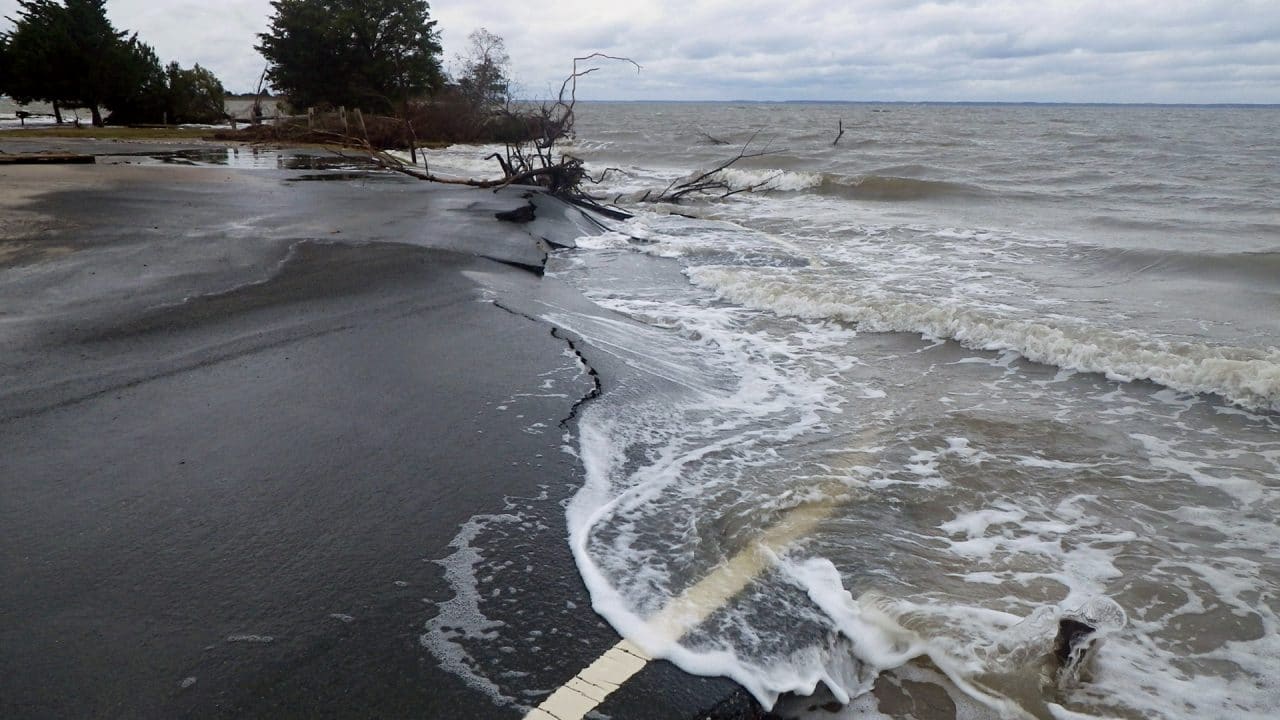Ocean Topic
Life at Vents & Seeps
Hydrothermal vents and cold seeps are places where chemical-rich fluids emanate from the seafloor, often providing the energy to sustain lush communities of life in some very harsh environments.
Read MoreMarine Mammals
Marine mammals are warm-blooded vertebrates that bear live young and nourish them with milk as land mammals do, but that spend most or all of their lives in the ocean.
Read MoreMarine Microbes
Microbial life can be found throughout the ocean, from rocks and sediments beneath the seafloor, across the vast stretches of open water, to intertidal and surf zones.
Read MoreOcean Life
Incredible diversity exists in the ocean, from microscopic organisms to the largest animals on Earth.
Read MoreCorals
Many people think of coral as hard, rock-like formations that attract abundant, diverse marine life. In fact, corals are tiny marine animals called polyps that live together in colonies.
Read MoreJellyfish & Other Zooplankton
These animals live all or part of their life suspended and drifting in fresh or salt water, rarely come in contact with hard surfaces.
Read MoreAMOC—The Atlantic Ocean’s conveyor belt
The ocean’s conveyor-like global circulation influences today’s climate system.
Read MoreEl Niño & Other Oscillations
El Niño is a warming of surface waters in the eastern tropical Pacific Ocean, while La Niña is a cooling event.
Read MoreOcean Circulation
Ocean currents and water properties play large roles in Earth’s climate and ecosystems.
Read MoreCurrents, Gyres, & Eddies
At the surface and beneath, currents, gyres and eddies physically shape the coasts and ocean bottom.
Read MoreOcean Acidification
Ocean acidification is a reduction in the pH of the ocean over an extended period of time, caused primarily by an increase of carbon dioxide from the atmosphere.
Read MoreOcean Chemistry
The understanding of chemistry in the ocean is critical because changes can influence marine life, and in turn, human life.
Read MoreBiogeochemistry
Biogeochemistry studies the cycles of crucial elements, such as carbon and nitrogen, and their interactions with other substances and organisms as they move through Earth's atmosphere, hydrosphere, biosphere, and lithosphere.
Read MoreCarbon Cycle
Carbon is the building block of life on Earth and has a powerful impact on the planet’s climate.
Read MoreHarmful Algae & Red Tides
Tiny plants pose a potent threat to those who live in and eat from the sea.
Read MoreTsunamis
A tsunami is a massive, fast-moving wave created by an underwater earthquake or landslide. Displaced ocean water creates waves with speeds of up to 500 miles per hour.
Read MoreUnderwater Volcanoes
These eruptions of molten rock and ash can be destructive to human settlements, but vitally creative for the rest of the planet.
Read MoreEarthquakes
An earthquake is a shaking of the ground that occurs when two large blocks of Earth's crust slip suddenly past one another.
Read MoreHurricanes
Hurricanes are large rotating tropical storms with winds in excess of 119 kilometers per hour. They usually form in the Atlantic Ocean but can develop in other oceans as well.
Read MoreChanging Shorelines & Erosion
Waves, currents, wind, storms, and tides form complex interactions over time to cause erosion along some stretches of shoreline and growth in others.
Read MoreCoastal Ecosystems
The narrow region where land and ocean meet includes salt marshes, mangroves, wetlands, estuaries, reefs, and bays often linked in a network of physical, chemical, and biological interchanges.
Read MoreCoastal Science
Although the oceans cover most of Earth, the tiny sliver of the coastal ocean greatly influences, and is most influenced by, human activity.
Read MorePaleoclimatology
Understanding how climate naturally varied over thousands and millions of years teaches us how Earth's climate system works and sheds light on current, human-induced changes.
Read MoreSea Level Rise
Sea level rise is expected to continue for centuries and may impact human and the natural environment.
Read More
